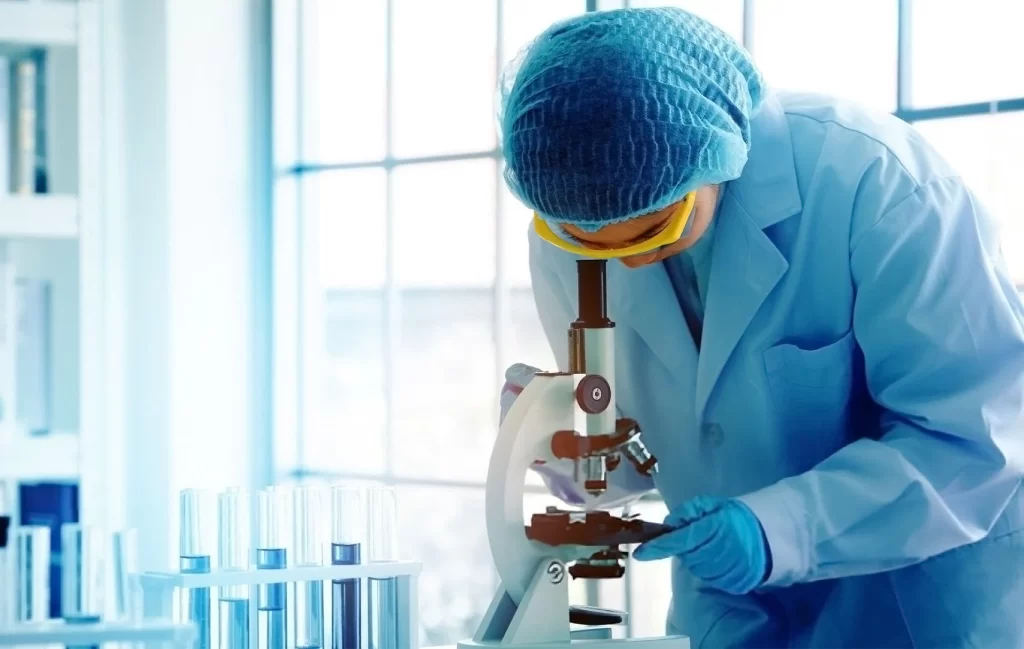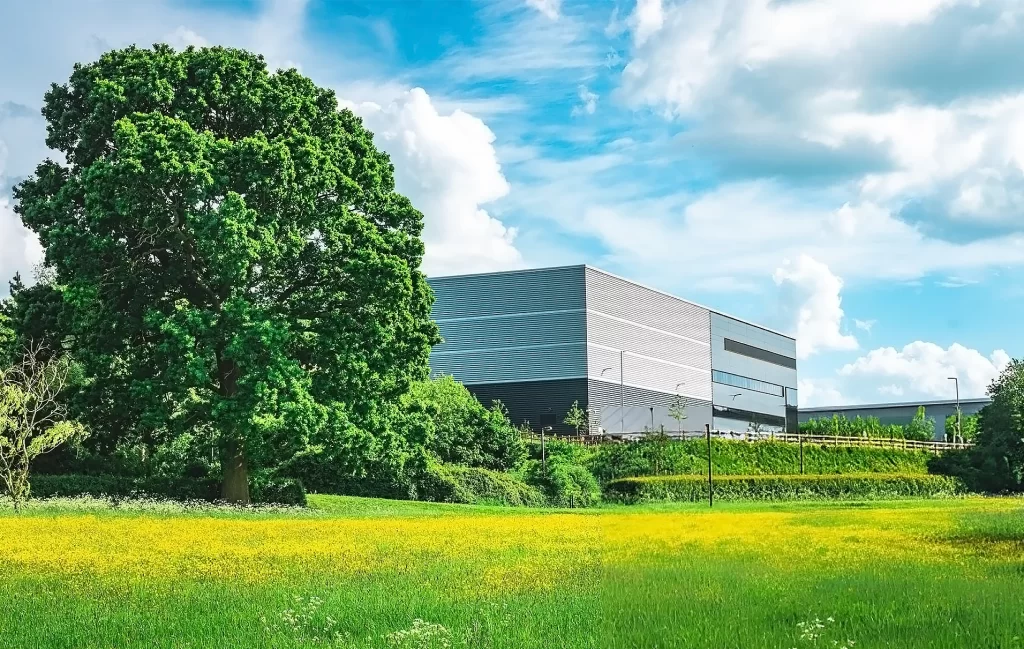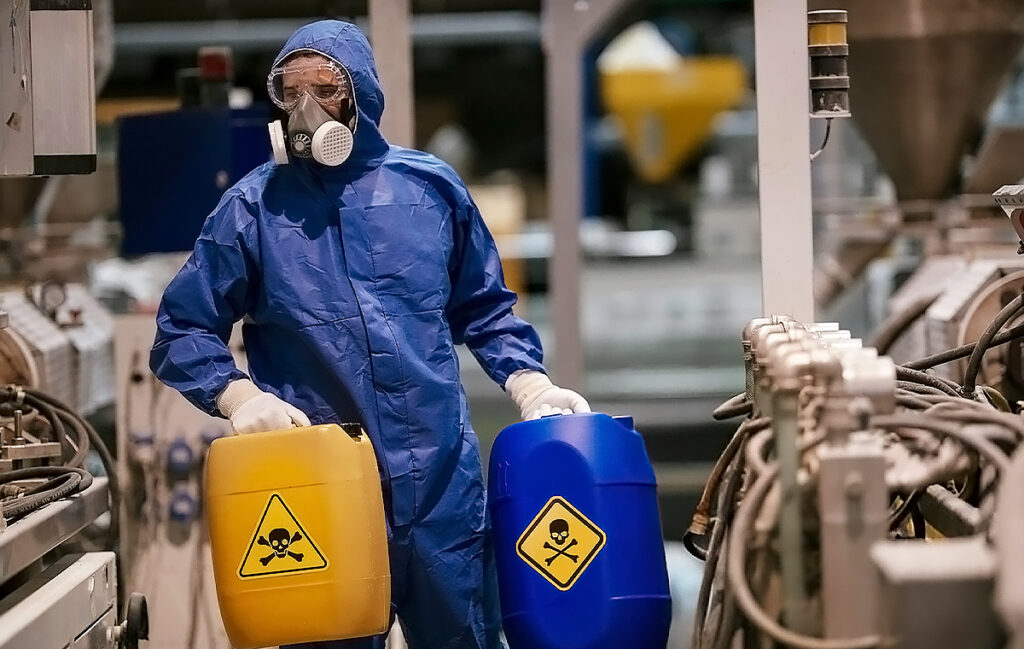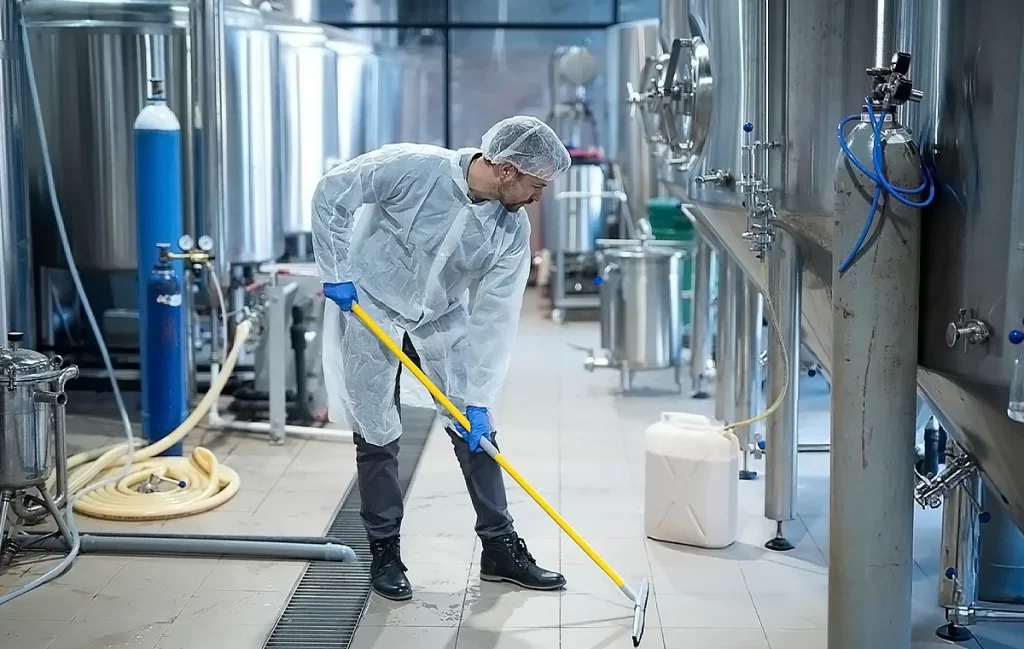- Antrix
- Healthcare & Hygiene
- Corporate Responsibility
Corporate
Responsibility
This is a slogan about corporate reponsibility
- Safe Formulations: Our products are rigorously tested and safe for disposal, especially for aquatic life.
- Lifecycle Sustainability: Our materials and practices are proved to be environmentally safe throughout the entire lifecycle of our products.

- Sustainable Operations: Our factory designs and SOPs ensure efficient waste management, rainwater harvesting and water recycling
- Reduced Resource Usage: Our efficient operations have significantly reduced the power and water consumption per tonne of product produced.

- Biodegradable Packaging: Our packaging is biodegradable, minimizing our environmental footprint.

We use only biodegradable and environment friendly facilities.
We have stringent compliances and policies for safe waste management and disposal.
Safety Standards
- Our manufacturing facilities are drug certified and WHO GMP Complaint units designed to produce critical care disinfectants used in high-risk areas in hospitals and pharmaceutical facilities.
- The design is focused on preventing cross contamination in drug manufacturing.
- Separate infection free air is produced for the clean rooms containing reactors and primary packaging areas.
- We have strict air locking between production, secondary packaging and warehousing areas along with dedicated gowning policies and colour codes.

At Antrix, sustainability is woven into the fabric of our innovation. We craft high-performance chemical solutions that uphold the highest standards of environmental care, health protection, and operational safety. With a steadfast focus on quality and a forward-looking approach, our products empower cleaner, safer, and more sustainable spaces—today and for generations to come.

At Antrix we are proud to support the sustainability goals of green buildings. We are actively investing in solutions for green buildings that play a vital role in meeting national climate commitments. Our products are designed to support environmentally responsible cleaning practices without compromising on performance, while aligning with key green building principles of energy efficiency, water conservation, reduced carbon footprint, and the use of sustainable materials.
By partnering with certified green facilities, we actively promote a cleaner, safer, and more sustainable future—one building at a time.

At Antrix, we expect our suppliers to uphold strict standards that ensure safe, fair, and ethical working conditions. This includes prohibitions against forced labor, child labor, unsafe work environments, unfair wages, and workplace harassment. Suppliers must actively identify and resolve any conditions that do not meet these expectations. We do not partner with organizations that fail to respect basic human rights or that disregard the fair treatment of workers.

Suppliers are expected to operate in an environmentally responsible and resource-efficient manner, minimizing negative impacts on the environment. They are encouraged to conserve natural resources, reduce greenhouse gas emissions, eliminate hazardous substances where possible, and promote reuse and recycling.
Key environmental focus areas include:
- Energy Efficiency: Reducing energy consumption through efficient practices and technologies.
- Water Conservation: Managing water use responsibly and preventing pollution.
- Waste Management: Minimizing waste generation and supporting recycling and proper disposal.
- Pollution Prevention: Controlling emissions to air, water, and land.
- Sustainable Sourcing: Using renewable, recycled, or responsibly sourced materials.
- Hazardous Materials Control: Avoiding or safely managing hazardous substances.
- Regulatory Compliance: Meeting all relevant environmental laws and permit requirements.
- Climate Impact Mitigation: Monitoring and reducing greenhouse gas emissions.
- Lifecycle Consideration: Evaluating and improving environmental impacts across the product lifecycle.

Suppliers shall comply with all applicable health and safety laws and regulations by providing a safe and healthy working environment for their employees.
This includes, but is not limited to, the following elements:
- Workplace Safety: Ensuring that the workplace is free from recognized hazards and is compliant with relevant occupational safety standards.
- Emergency Preparedness: Implementing procedures for identifying and responding to emergencies, including fire, natural disasters, and accidents.
- Incident Management: Establishing systems for reporting and investigating workplace injuries and illnesses.
- Hazard Communication: Ensuring that all hazardous substances are properly labeled, and that employees are trained in safe handling practices.
- Sanitation and Hygiene: Maintaining clean facilities with access to potable water and restrooms.
- Protective Equipment: Providing and enforcing the use of appropriate personal protective equipment (PPE) as required by job function.
- Training and Education: Offering regular health and safety training for all employees relevant to their roles.
